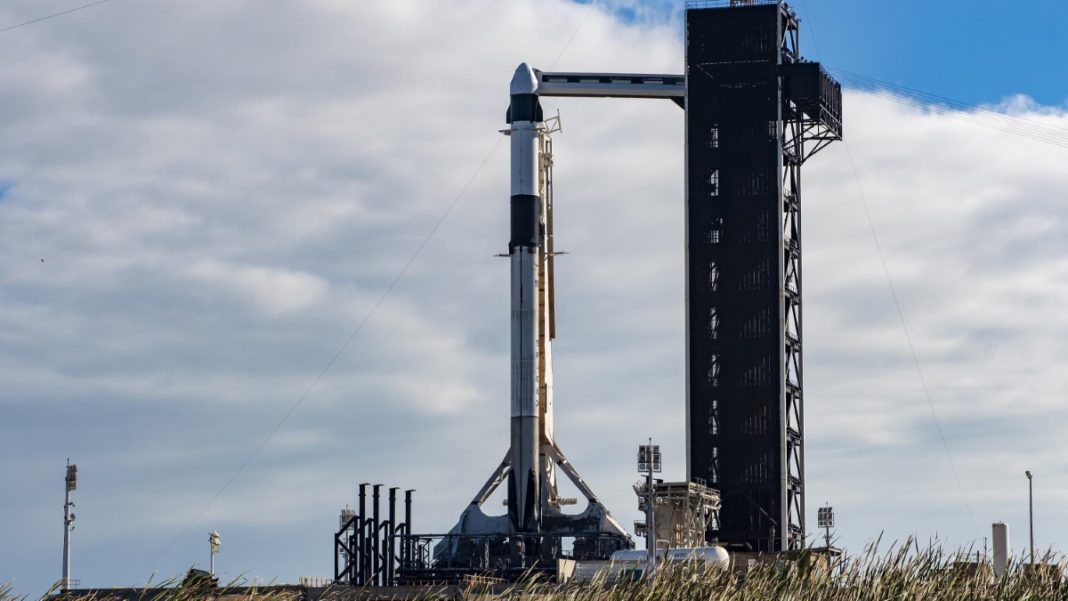UNITED STATES: NASA and SpaceX have given the green light for the next robotic cargo mission to the International Space Station (ISS), scheduled for liftoff on Thursday, November 9. The launch readiness review (LRR) for the CRS-29 mission, which will ferry a Dragon capsule to the ISS, concluded successfully on Wednesday, November 8.
The Dragon is set to embark on its journey atop a Falcon 9 rocket from NASA’s Kennedy Space Center in Florida at 8:28 p.m. EST. Viewers can catch the live coverage on Space.com or directly from NASA, beginning at 8 p.m. EST.
The weather outlook is promising, with a 95% chance of favourable conditions for liftoff, as confirmed by Melody Lovin, launch weather officer. Assuming all goes according to plan, the Dragon is anticipated to reach the ISS at approximately 5:20 a.m. EST on Saturday, November 11.
This mission, CRS-29, signifies SpaceX’s 29th resupply venture to the ISS in collaboration with NASA’s Commercial Resupply Services program. Laden with over 6,500 pounds of supplies and scientific equipment, the Dragon carries experiments like NASA’s Atmospheric Waves Experiment (AWE) and ILLUMA-T.
AWE will delve into the study of gravity waves, akin to ripples on a pond’s surface caused by a pebble’s impact. ILLUMA-T, on the other hand, aims to test high-speed communications alongside NASA’s Laser Communications Relay Demonstration (LCRD) mission, launched in December 2021.
Once installed on the ISS, ILLUMA-T will engage in communication with LCRD, stationed on a U.S. Department of Defense satellite in geosynchronous orbit, creating NASA’s inaugural two-way laser communications relay system.
The Dragon will also be delivering a variety of seasonal treats, including chocolate, pumpkin spice cappuccino, and an assortment of savoury dishes, enhancing the crew’s culinary experience during their stay on the ISS.
Following a month-long stay docked to the ISS, the Dragon will return to Earth with around 3,800 pounds of cargo, making it the sole cargo vehicle with this return capability. In contrast, other operational robotic freighters are designed to burn up in Earth’s atmosphere upon mission completion.
Originally slated for November 5, the launch was rescheduled to allow for additional prelaunch preparations. Subsequently, a further two-day delay was implemented to address an issue with one of the Dragon’s Draco thrusters.
Also Read: NASA’s Lucy Spacecraft Achieves Milestone with Successful Flyby of Asteroid ‘Dinky’



